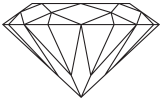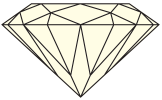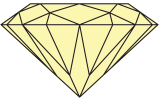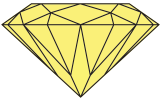
Cut
When a diamond is cut with the ideal proportions for its shape, it reflects more light out of the top, producing incredible fire and brilliance.
A poorly cut diamond with incongruous proportions looks dull and dark because it allows light to escape out the bottom and sides.
In short, a well-cut diamond sparkles bright and beautiful because it reflects and refracts light better than one not cut as well. A good cut increases price.

Color
White diamonds are not all colorless. The spectrum ranges from light yellow to totally colorless.
A lettering system from D to Z is used to identify the amount of color present in each diamond, with D awarded only to rare, completely colorless diamonds.
A colorless diamond can be graded D, E or F; near colorless, G, H, I or J. A white diamond’s beauty and value increase the more colorless it is.

Clarity
Natural diamonds are formed by tremendous heat and pressure deep within the earth. This process can result in “inclusions” and “blemishes.” These are simply fancy words for imperfections.
No diamond is perfect, but the closer it comes, the higher its value. Inclusions seldom affect a diamond’s beauty, although they do affect the price.
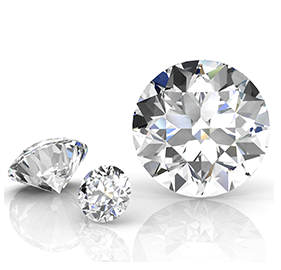
Carat Weight
Carat Weight refers to size and weight. Larger diamonds are scarce, and therefore more valuable.
However, two diamonds with the same carat weight can vary greatly in value, depending on the color, clarity and most importantly, the cut.
A half-carat diamond with high color and clarity ratings may cost more than a three-quarter carat diamond with lower color and clarity ratings, but identical cut.
It’s simply a matter of deciding what matters most to you, size or quality, then finding the best combination of size, color and clarity to suit your budget.

